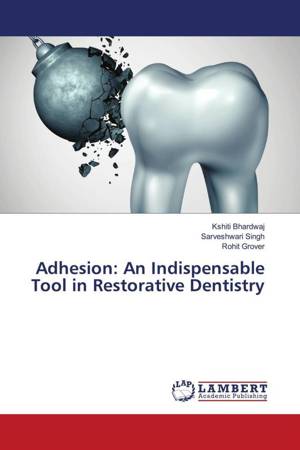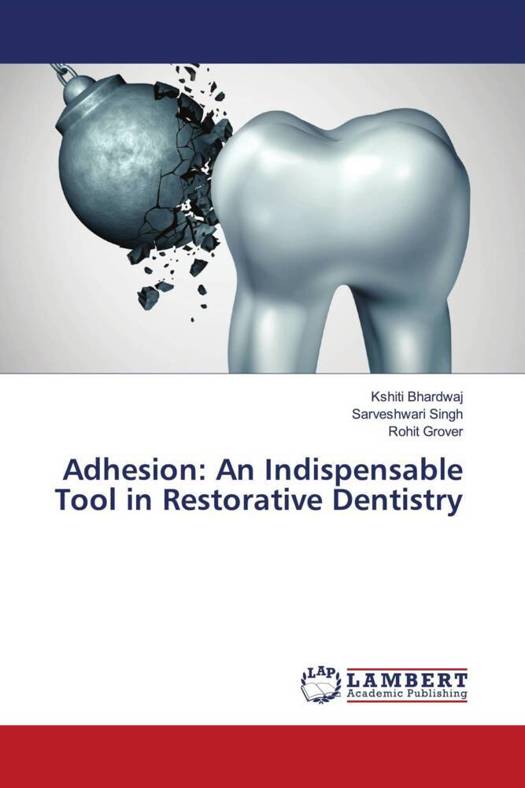
- Afhalen na 1 uur in een winkel met voorraad
- Gratis thuislevering in België vanaf € 30
- Ruim aanbod met 7 miljoen producten
- Afhalen na 1 uur in een winkel met voorraad
- Gratis thuislevering in België vanaf € 30
- Ruim aanbod met 7 miljoen producten
Zoeken
Adhesion: An Indispensable Tool in Restorative Dentistry
DE
Kshiti Bhardwaj, Sarveshwari Singh, Rohit Grover
Paperback | Engels
€ 67,95
+ 135 punten
Omschrijving
Adhesive dentistry has undergone great progress in the last few decades and is overwhelmingly evolving with respect to the dental surgeon's perspective, as we move ahead from extension for prevention, to prevention of extension. In light of minimally invasive dentistry, the new approach of adhesion promotes a more conservative cavity design, which relies on the effectiveness of current enamel-dentine adhesives.Adhesive techniques are now used for many dental restorative materials, including amalgam. While, glass ionomer bonded adhesive systems have also been introduced, introduction of bonding systems in adhesive dentistry aided in retention and stabilization of a tooth-colored restoration. Adhesion to the dental tissue has made it possible for clinicians to preserve more tooth structure and cut or grind less tissue when making a dental restoration or reconstruction.In this book, we have discussed the concept of bonding, dental adhesives, glass ionomer bonded adhesives, amalgam bonding agents, failures and recent advances of bonded restorations.
Specificaties
Betrokkenen
- Auteur(s):
- Uitgeverij:
Inhoud
- Aantal bladzijden:
- 156
- Taal:
- Engels
Eigenschappen
- Productcode (EAN):
- 9786204739892
- Uitvoering:
- Paperback
- Afmetingen:
- 150 mm x 220 mm

Alleen bij Standaard Boekhandel
+ 135 punten op je klantenkaart van Standaard Boekhandel
Beoordelingen
We publiceren alleen reviews die voldoen aan de voorwaarden voor reviews. Bekijk onze voorwaarden voor reviews.











